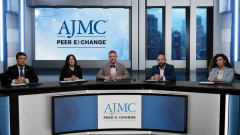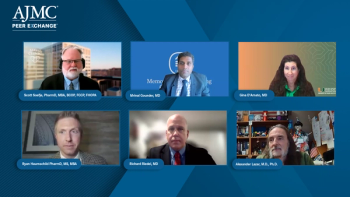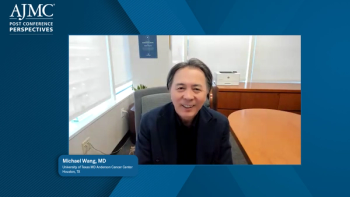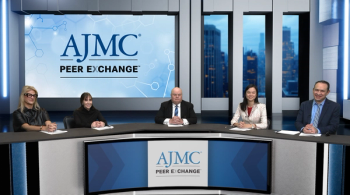
Emerging Menin Inhibitors and Patient Impact
Panelists highlight that the emergence of menin inhibitors is reshaping the treatment paradigm for KMT2A-rearranged acute myeloid leukemia (AML), with ongoing research focused on optimizing their use, overcoming resistance, expanding access, and integrating these targeted therapies into personalized and potentially curative treatment strategies across diverse patient populations.
Episodes in this series

The treatment landscape for KMT2A-rearranged AML is undergoing a significant transformation with the emergence of targeted therapies, particularly menin inhibitors. Although only 1 menin inhibitor is currently approved, several others are in development and show encouraging activity in early clinical studies. These include agents being evaluated both as single agents and in combination with other therapies across adult and pediatric populations. Although early data are promising, much remains to be determined regarding the optimal sequencing of these therapies and their potential roles in different molecular subtypes of AML, such as those with NPM1 mutations.
A key focus is understanding resistance patterns—both primary resistance and acquired resistance after initial response. Evidence suggests that some patients who relapse after responding to menin inhibitors harbor secondary mutations, possibly in epigenetic regulators or other pathways. These resistance mechanisms may differ depending on whether the drug is used alone or in combination with chemotherapy. Ongoing preclinical and clinical studies are investigating how specific mutations may predict sensitivity or resistance to different menin inhibitors, which could ultimately guide individualized treatment approaches.
In addition to scientific considerations, real-world factors like global drug access and patient quality of life are also shaping how these therapies will be used. Oral administration, outpatient monitoring, and the potential to avoid intensive chemotherapy represent major shifts in how AML might be managed, particularly for patients with aggressive or relapsed disease. As more data emerge from ongoing pivotal trials and real-world settings, the hope is that these new agents will not only extend survival but also enable more patients to reach curative therapies such as transplant. The next few years are likely to bring critical insights that will help define the most effective and sustainable use of menin inhibitors in AML care.
Newsletter
Stay ahead of policy, cost, and value—subscribe to AJMC for expert insights at the intersection of clinical care and health economics.








